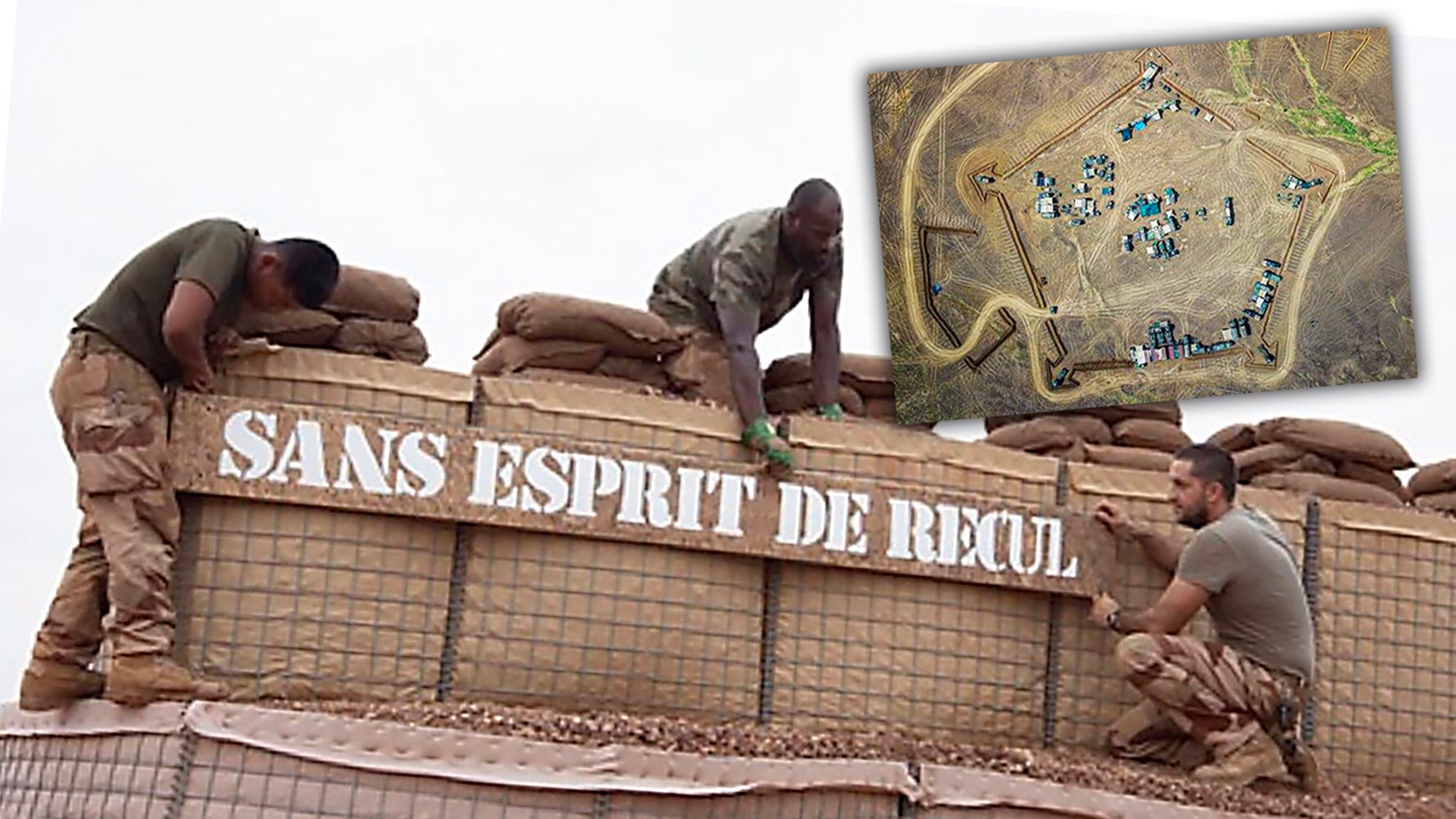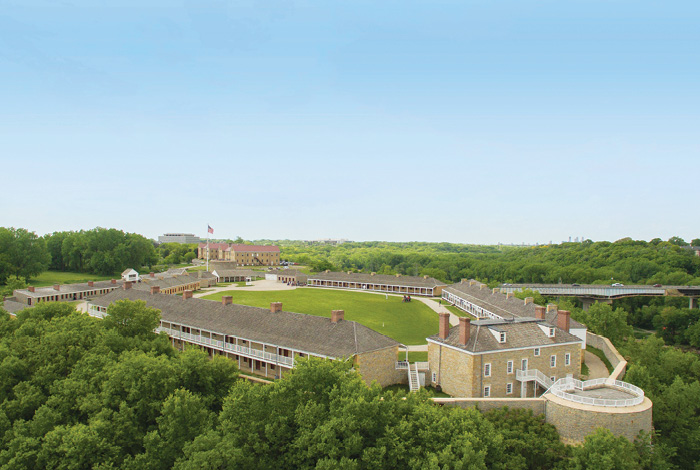Originally posted by cawest
View Post
I wouldn't fill tires to make fortifications either. In modern war, a single flaming round will ignite those tires and they will burn INTENSELY, producing a choking poisonous smoke to boot. However, using them as a flaming barricade IS a viable tactic as the Skinnies proved in Somalia.






Comment